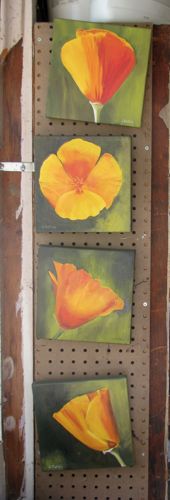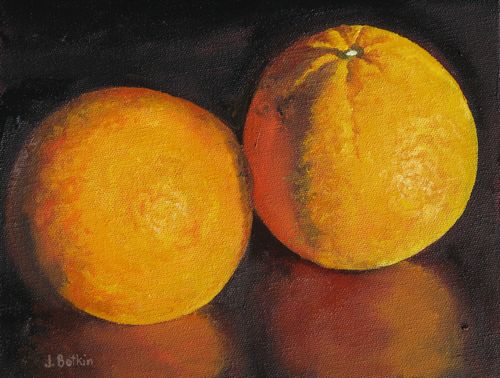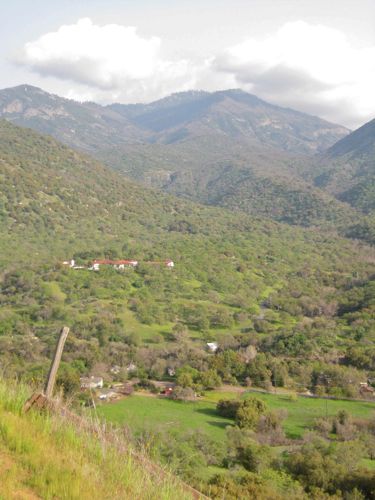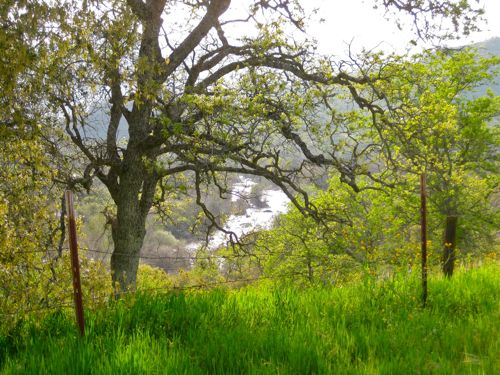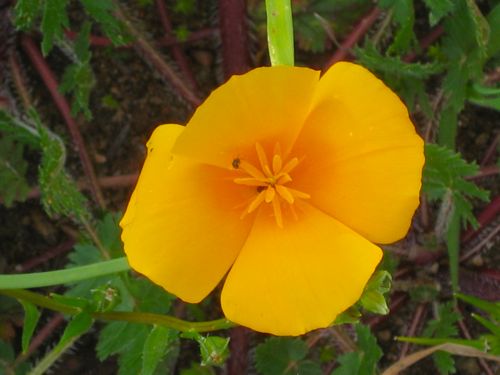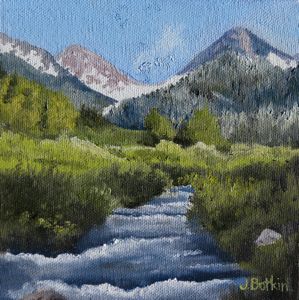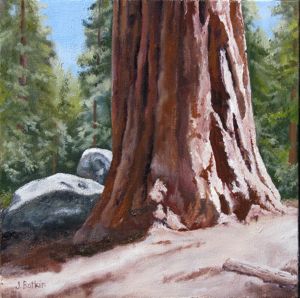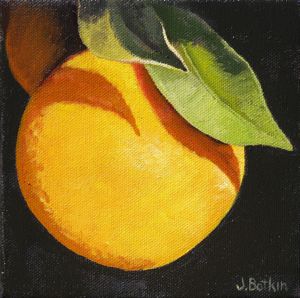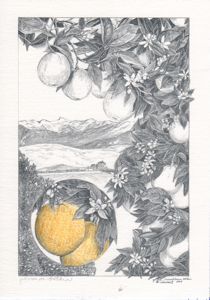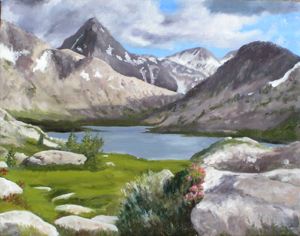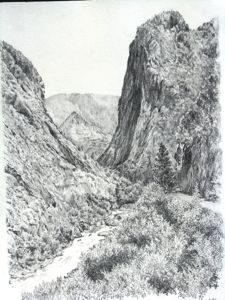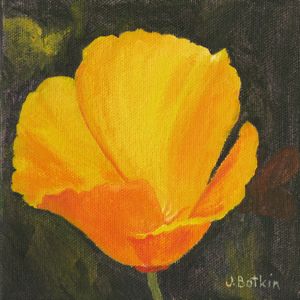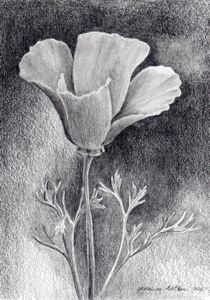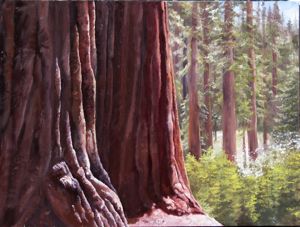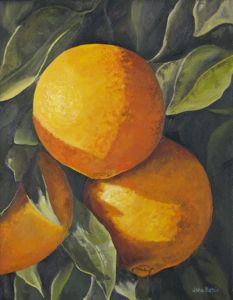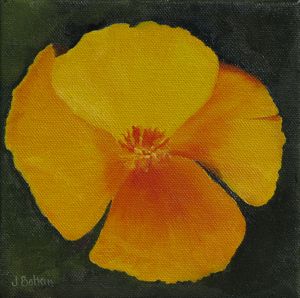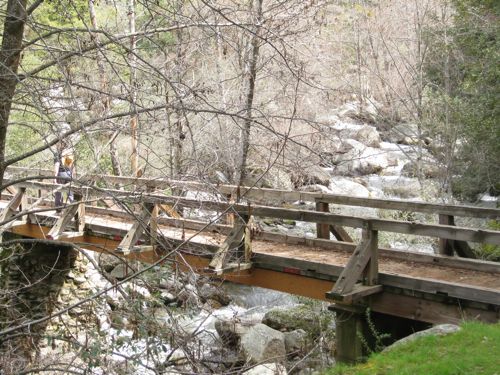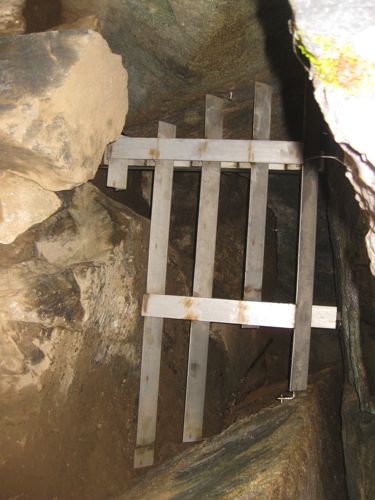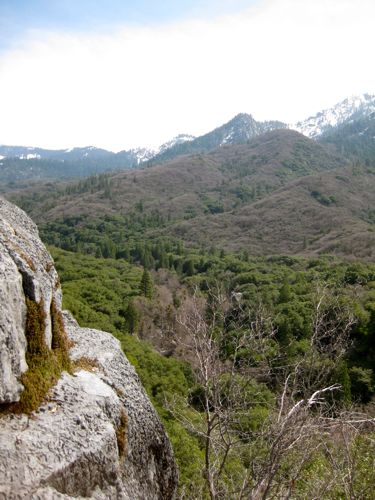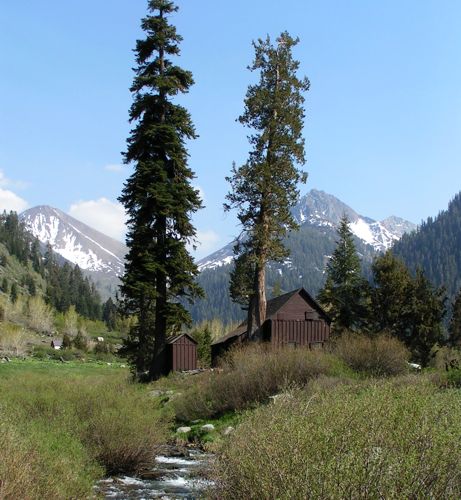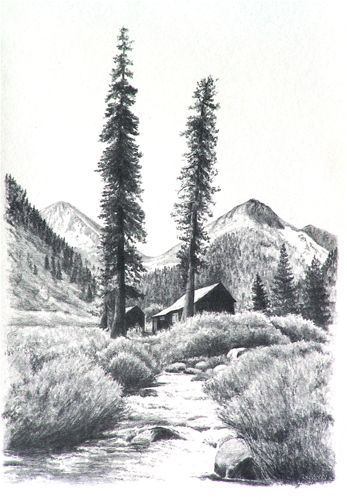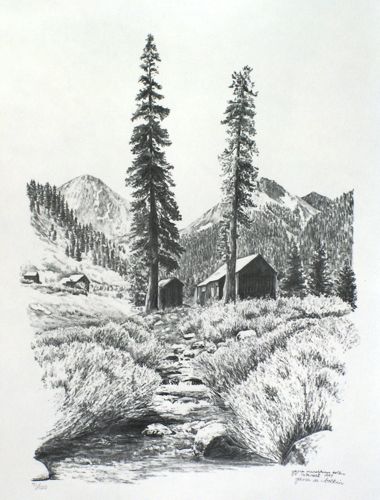Tenth in the series “Thoughtful Thursdays”

One of the most visible ways of selling art in a place like Tulare County is the ubiquitous arts and craft fair. There was a time when these were rare events, and one of the best was and still is our very own Redbud Festival. The Redbud had an aura of specialness around it to me as a girl. My great Aunt Mary would tell us about her weaving or the Tibetan “boys” who sold the exquisite rugs of their native country to support themselves through COS.
When choosing shows to participate in, one needs a sense of the show – is it organized, publicized and well-attended? Does one’s work fit? Is there too much similar work already at the show? Will it be worth the work and travel time and expenses? As with much of the business of art, a crystal ball would be a great asset!
The vendors must decide what to take, then gather, package, price and load it. In addition to the merchandise, there are all the display items. Once it is all transported to the site, it must be unloaded and carried to a 10×10′ square where it gets arranged into a beautiful but temporary show space. There are little details to be worked out with neighboring vendors, making sure that displays don’t cause tripping hazards or sometimes sharing the backs of screens for others to use.
But wait! There’s more! After all that, the artist gets to talk and smile and listen to many visitors all day. Everyone wants to tell about their aunt’s next-door neighbor’s kid who loves to draw muscle men and race cars, or a daughter who “needs to do something with her art”. There is a fine line between listening enough to be polite, and getting trapped while potential customers are lost. The vendor can’t lose sight of the fact that she is paying for a temporary store to sell her work, not running a How-To-Be-An-Artist clinic!
One of the most awkward parts of these shows is the way they end. Almost every show contract requires a signature agreeing to stay until the advertised ending time. And, almost every show’s traffic just vanishes about an hour before the end. Unfailingly, there are vendors who pack before the show ends. Often I have found that by staying until the final moments, there are last minute buyers who are grateful to find exhibitors still in place.
When the vendors are about to croak from exhaustion, it is time to box it all up and haul it back to the car. Often it feels as if I am taking more home than I brought, probably because packing on site is much more rushed than packing in the studio. At times, I’ve relied on photos of how it came in the trunk of my car so that I can fit it all back in!
Craft shows are about much more than just selling art. Marketing, exposure, future sales, credibility, visibility and connecting with the public are less tangible aspects but just as important In addition, participating in shows right here in Three Rivers is a huge social occasion for the producers, vendors and visitors.

